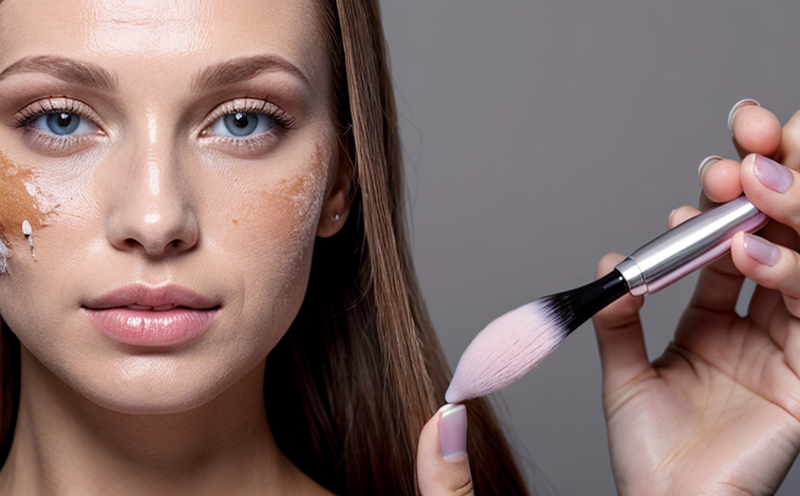Paraben Limit Compliance Testing in Cosmetic Products
The use of parabens as preservatives in cosmetic products has been a subject of regulatory scrutiny and public concern. Parabens, including methylparaben, ethylparaben, n-propylparaben, isopropylparaben, n-butylparaben, and isobutylparaben, are widely used to prevent the growth of microorganisms in cosmetics such as lotions, shampoos, and makeup. However, concerns over potential health risks have led to stricter regulation regarding their concentration levels.
Regulatory compliance for parabens involves ensuring that the products meet the specified limits set by authorities like the European Union (EU) and the U.S. Food and Drug Administration (FDA). The EU's Cosmetics Regulation stipulates maximum permitted concentrations of certain preservatives, including parabens, to ensure consumer safety.
The testing process for paraben compliance involves several critical steps, starting with sample preparation. This includes ensuring that the cosmetic product is stable and free from contamination before analysis. Once prepared, the samples are analyzed using high-performance liquid chromatography (HPLC) equipped with a UV detector or mass spectrometry.
The analytical methods for paraben testing must be precise and reliable to ensure accurate results. The HPLC method, specifically, is favored due to its ability to separate components effectively and quantify them accurately. This ensures that the presence of parabens can be identified at very low levels, as required by regulatory standards.
In addition to the analytical methods, the acceptance criteria for this test are stringent. The results must fall within the allowable limits set by regulatory bodies such as the EU and FDA. For instance, in the EU, there is a limit of 0.1% on the total concentration of parabens in cosmetic products.
The importance of this testing cannot be overstated. Non-compliance can result in product recalls, fines, and damage to brand reputation. Therefore, ensuring that all cosmetic products meet these stringent requirements is crucial for manufacturers and quality managers alike.
Why It Matters
The safety of consumers is paramount when it comes to the cosmetics industry. Parabens are widely used due to their effectiveness in preventing microbial growth, but they also have been linked to various health concerns such as endocrine disruption and allergenicity.
Regulatory bodies like the EU and FDA impose strict limits on paraben concentrations to mitigate these risks while ensuring that cosmetics remain effective. Compliance with these regulations not only protects consumers but also helps manufacturers avoid legal penalties and negative publicity.
The testing process is critical in maintaining compliance. It ensures that products meet the stringent standards set by regulatory bodies, thereby safeguarding public health. By adhering to these guidelines, companies can continue offering safe and effective cosmetic products without compromising consumer safety.
Why Choose This Test
Choosing paraben limit compliance testing is essential for several reasons:
Firstly, it ensures that your cosmetic products are in line with international standards and regulations. This not only prevents legal issues but also enhances consumer trust and satisfaction.
Secondly, this test helps maintain the integrity of your brand by ensuring product quality. Consistent compliance testing demonstrates a commitment to excellence and reliability, which is crucial for building and maintaining customer loyalty.
Moreover, it provides a competitive edge in the market. Consumers are increasingly seeking products that meet stringent safety standards, and demonstrating this through compliance testing can set your brand apart from competitors.
Use Cases and Application Examples
| Use Case | Application Example |
|---|---|
| Daily Use Cosmetics | Testing for paraben levels in shampoos, lotions, and conditioners. |
| Makeup Products | Ensuring paraben concentrations are within limits for foundations, mascaras, and eyeliners. |
| Spray-On Sunscreens | Verifying paraben levels in sunscreens used by consumers daily. |
| Moisturizers | Evaluating the safety of moisturizers for sensitive skin. |
| Application Example | Testing Frequency |
|---|---|
| New Product Launches | Once before market release. |
| Batch Production Monitoring | Regularly throughout production cycles for consistency. |
| Post-Market Surveillance | Periodically to ensure ongoing compliance with regulations. |





